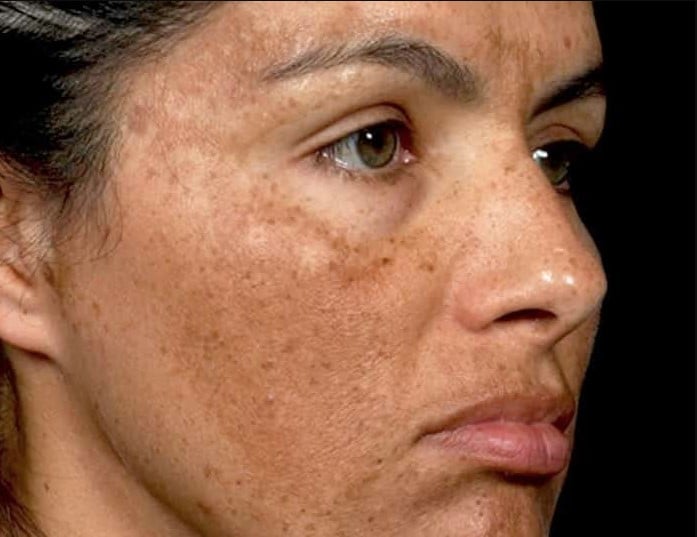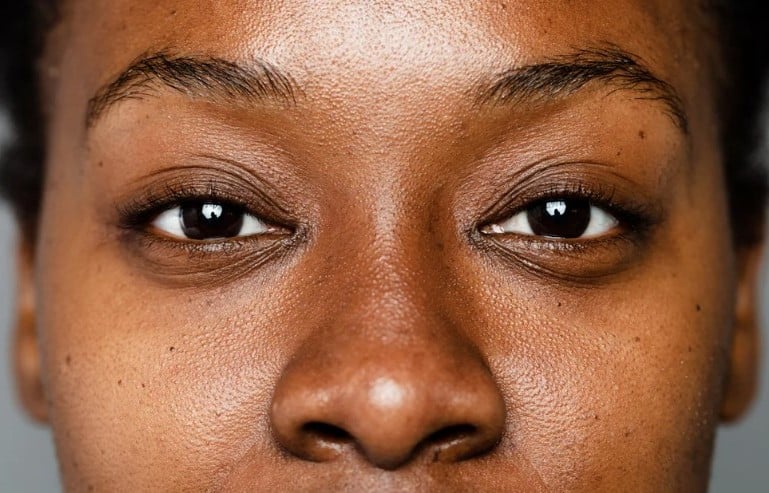What are the spots on the skin and how you can get rid of them
Most people have spots on the skin. Here's what these blemishes and tips can be to get rid of them.

Spots may arise in anyone's skin, and usually signal some change in this organ - whether an increase in melanin production, an allergic reaction or some condition. There are several types of blemishes that can arise on someone's face or body, and in this article you will know some of them and how you can reduce your appearance and prevent your onset.
Acne
One of the most common causes of skin blemishes, acne can arise in the shape of blackheads and pimples. It is caused by the accumulation of sebum, bacteria or dirt in the hair follicles, and may leave dark spots and scars on the skin, especially when the person tries to do manual removal. Hormonal changes and stress can also contribute to the formation of acne on the skin.
To prevent and deal with acne spots, it is recommended to keep the skin clean and follow treatments recommended by your dermatologist. This professional may suggest exfoliation, acid treatment and hydration, for example.

Hyperpigmentation caused by the sun
Over the years, people who spend a long time exposed to ultraviolet radiation from the sun can develop spots. Generally, these spots appear on the face, neck, arms and hands, and are more common in those over 40 years old. However, younger people can also develop this type of hyperpigmentation, especially if they expose too much to the sun.
To prevent sun -caused spots, daily sunscreen is recommended even when time is cloudy and you are indoors. Some more superficial spots may be eliminated with exfoliation, but it is recommended to visit your dermatologist to plan a specific treatment.

Birth marks
Another type of stain is the birthmark. Although it usually does not cause problems, the birthmark may cause you discomfort. In this case, you need to visit a dermatologist so that he or she evaluates the most appropriate treatments. Treatment will depend on several factors such as location, depth and size of stain, and may include laser therapies and acids.

Allergies
If your stain has suddenly appeared and it is scratching, it can be an allergic reaction. Allergy stains may be red or brown, and are usually caused by skin contact with allergen products such as perfumes and cleaning products, or consumption of allergen foods.
To prevent this type of spot on the skin, simply avoid contact with the cause of allergy. Corticosteroid -based creams can reduce symptoms.

Melasma
The melasma is characterized by a darkened area that appears on the face, usually close to the forehead and cheeks. It is a common condition during pregnancy and menopause, as it is associated with hormonal changes, and can be aggravated by sun exposure.
Treatment for melasma should be done with a dermatologist, who can prescribe creams and acids for skin whitening. In addition, it is important to use sunscreen daily and avoid sun exposure to prevent worsening on the board.

Bruise
If your stain arose in a place where trauma or injury has been, it may be a bruise, especially if it is blue, purple, or even black. Hematoma is an accumulation of blood outside the blood vessels and can happen anywhere on the body.
The time for healing a bruise varies according to the amount of blood on site. However, it is possible to reduce the appearance of the spot with cold compresses at the impact site right after trauma. After the stain emerges, make warm compresses to vascularize the region and accelerate the bruising absorption process.



